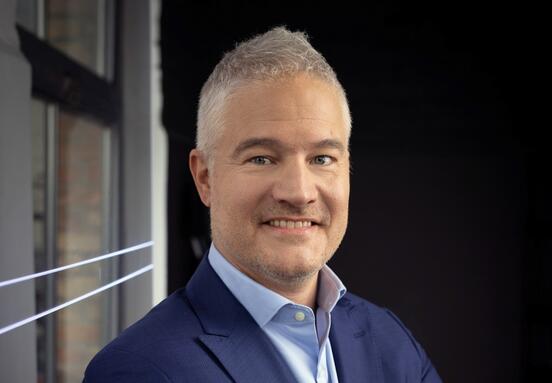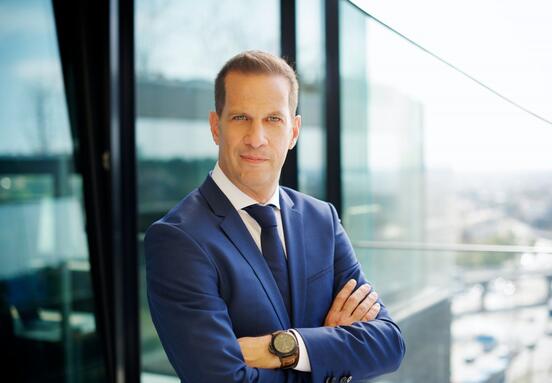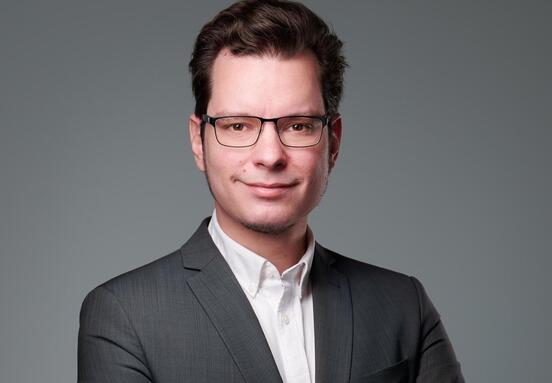- CTP has ambitious plans for Romania and you are active in the Czech Republic and Slovakia as well. What is Hungary’s position among these countries?
- You cannot really compare Bucharest and Budapest region regarding warehouse market. Before 2006 there were only 2 or 3 active, internationally known investors in the Bucharest market which was as large as 300,000 sqm. Do not forget that the city has 2,3 million inhabitants. So the supply was underdeveloped. Since 2015-16 we can talk about a catch-up process, which means there are new developers on that market. As you may know we have bought Prologis’ Romanian division, and other professional companies also arrived. We were a little bit lucky as we entered just in time: demand grows and we continue to develop. I think the Bucharest market will be balanced in 2019.
- So you say that Hungarian market is much more developed.
- More sophisticated with larger volume, more products and players; and if it were not enough there are further place to grow. This is the reason for our next two projects. The first plot of land is located in Biatorbágy, where CTP already owns 165,000 m2 of space. The second land plot is close to Dunaharaszti, and it is CTP’s first venture into this area which is well-known, thanks to several industrial properties. It is CTP’s second location in the south east area of Budapest, where the company currently owns 100,000 m2 of industrial space in Üllő, and with this new acquisition now has potential for expansion of up to 150,000 m2. Due to the very low 4% vacancy on the market, CTP’s plans for the land are great news for e-commerce and logistics players planning to extend their activities in this area around Budapest.
- What about services and fit-out?
- All new buildings will be built according to CTP standards: ESFR sprinklers, intelligent HVAC, modern CCTV, spacious grid of 12x24 metres with a 10.5 metres clear height, and LED lightning, all of which provide a competitive advantage to our tenants. CTP also offers built-to-suit solutions, which have proven to be successful over the last 20 years of experience on the CEE market. These buildings are better than anything we have built in the past 20 years.
- Do you develop on speculative base?
- More or less, this means that we base on the market - what we perceived during our work. We have negotiations with several potential tenants, and final fit-out will be completed just after we sign a lease contract.
- You have some overview on neighbouring markets too. What is the main driving force of those markets?
- The western part of the Czech Republic is a great location as a regional distribution hub, serving companies like Primark or TechData. It’s a geographical advantage; they are close to Germany, Austria and Poland. The situation is similar in Bratislava; however they suffer from lack of labour. On the other hand you can observe a new trend lately – some of those who have migrated to the West are now returning home as wages rising, bringing their experiences and a fresh mindset.
- Is Serbia also a promising market too?
- Not at the moment, it’s a different story.
- Back to Hungary: what is the best you have experienced here?
- The cooperation with the local authorities works very well. I have very good experience with building permits. They work transparent and quickly. This is what I call investment friendly manner.
Raktarkereso.info









